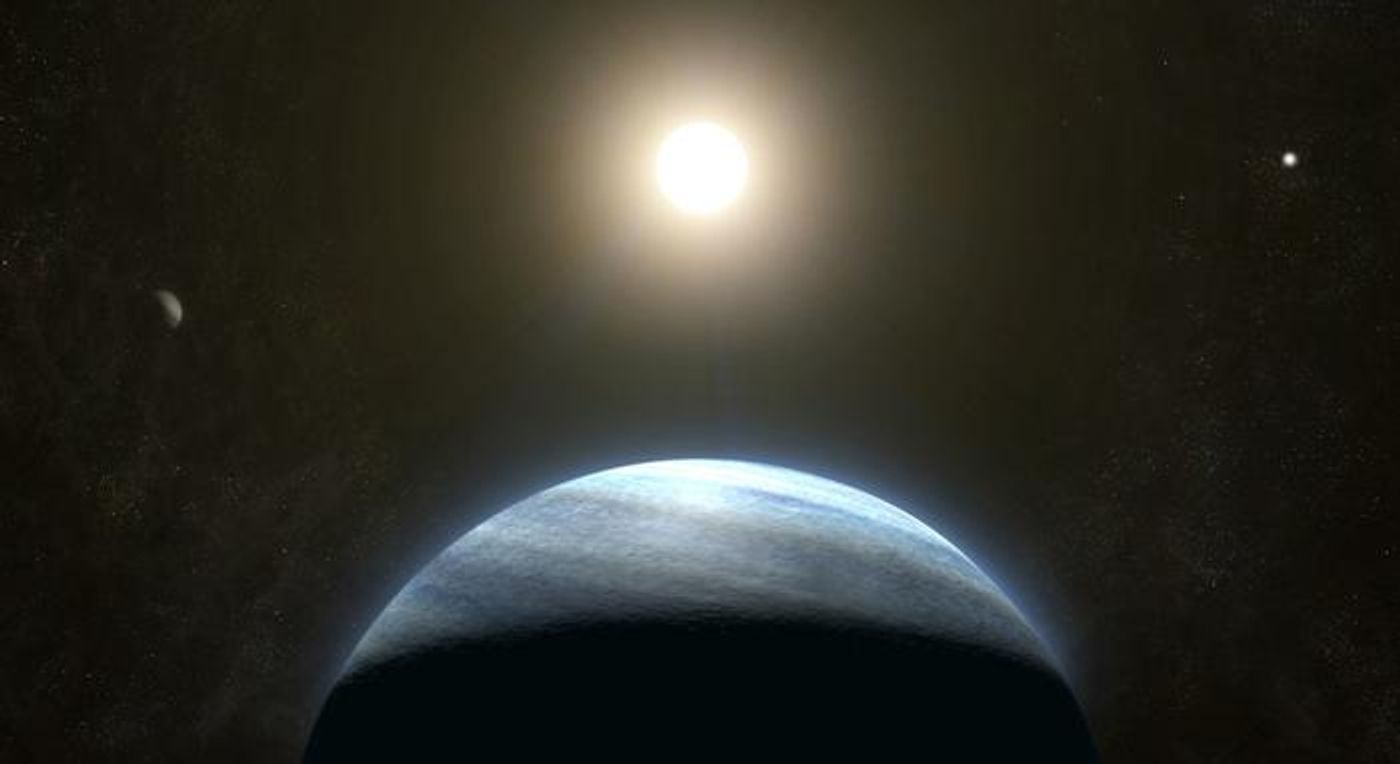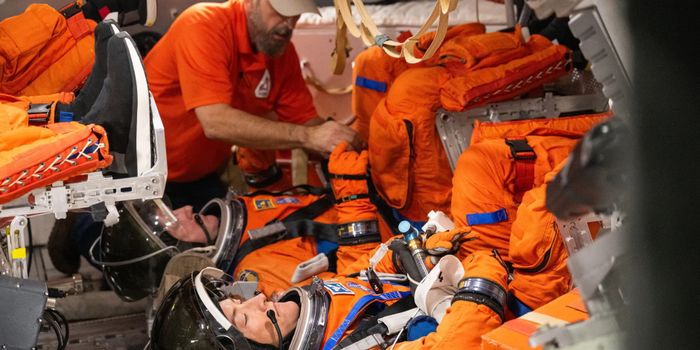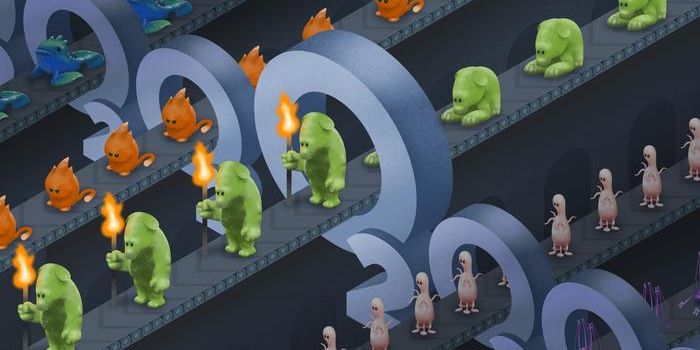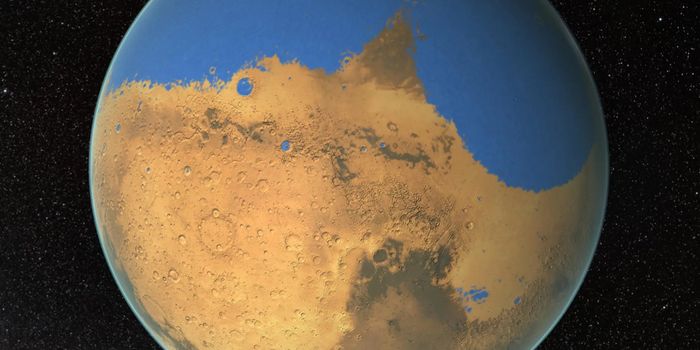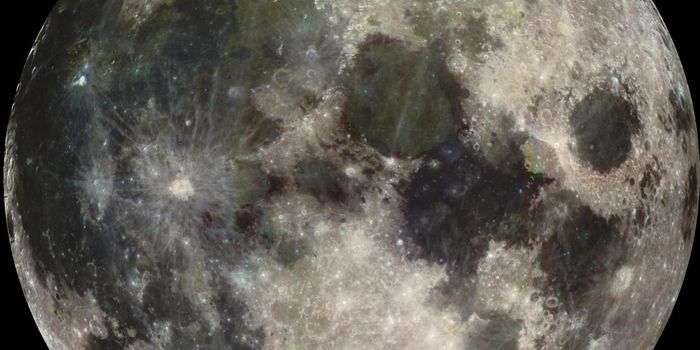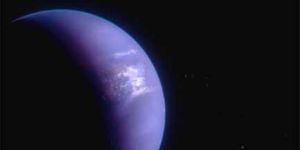Exploring 'Percival': A Neptune-like Exoplanet in a Twin Star System
A recent study published in The Astronomical Journal discusses the discovery of a Neptune-like exoplanet whose radius is slightly larger than three times the Earth while orbiting within the habitable zone (HZ) of its parent star. The exoplanet, TOI 4633 c, is located approximately 310 light-years from the Earth and orbits its star in 272 days, or approximately 75 percent of one Earth orbit. This study was conducted using data from NASA’s Transiting Exoplanet Survey Satellite (TESS) is unique since it was conducted by a team of citizen scientists using the transit method and holds the potential to help astronomers better understand how to identify planets with large orbits since the transit method is traditionally best used the identify exoplanets with much smaller orbits.
“Finding planets in multi-star systems is crucial for our understanding of how you can make different planets out of the same material,” said Dr. Nora Eisner, who is a research fellow at the Flatiron Institute’s Center for Computational Astrophysics in New York City and lead author of the study.
For the study, 15 citizen scientists who are a part of the Planet Hunters TESS program analyzed light curve data from TOI 4633 and successfully identified two transits within the data. Follow-up analyses not only confirmed the existence of TOI 4633 c, which they nicknamed “Percival” after a Harry Potter character, but also enabled the team to identify its orbital period of approximately 271.94 days due to the number of breaks in the data. Additionally, the team also identified an exoplanet candidate within the data with a potential orbital period of 34 days.
Artist’s illustration of TOI 4633 c, which is a Neptune-like exoplanet located approximately 310 light-years from Earth. (Credit: Ed Bell for the Simons Foundation)
“If we were able to constrain where the planets orbit, it would really offer a steppingstone to open up our understanding of exoplanet formation,” said Dr. Eisner. “It could also possibly help us someday be able to look at a star and its properties and make some guesses about what planets are potentially orbiting in that system.”
What new discoveries will the Planet Hunters TESS program make in the coming years and decades? Only time will tell, and this is why we science!
As always, keep doing science & keep looking up!
Sources: The Astronomical Journal, EurekAlert!, Simons Foundation
